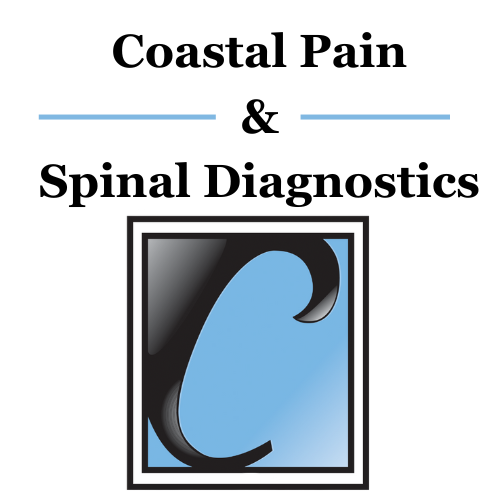Coping by definition is often referred to as “purposeful efforts to manage the negative impact of stress” With chronic pain this often refers to the efforts made to live through the pain and maintain activity and function despite the pain.
Using the mind along with other pain management therapies can be very powerful in increasing your sense of control and learning to live with pain without it interfering in your well-being.
Try not fight against the pain as this can be counter-productive, self-defeating, and a reflection of one’s lack of acceptance of one’s condition. Rather than trying to fight the pain, manage it, cope with it, and acknowledge other areas of your life you have control over. Using a coping skill is something you can control, it may not “control” your pain, but in choosing to use a coping skill, it may indirectly decrease your pain by making you feel more empowered, energetic, accomplished, etc.
When trying to develop your own set of coping tools try to incorporate some key techniques that are described next.
Relaxation Techniques
There are many different ways to put yourself in a relaxed state of mind. One option is to place yourself in an isolated dark and quiet room, then shut your eyes while you focus on slow deep breaths. Do not let your mind wander. Find a relaxation technique that works for you. Some examples include: biofeedback, deep breathing, meditation, Zen yoga, muscle relaxation, power napping, pranayama, visualization, hypnosis, etc.
Imagery Techniques
Again there are many different ways to apply imagery techniques to your coping tools. Often this technique involves imagining your pain or injury as a certain physical form with size, shape and color, then changing that physical form and controlling its movements and actions. Once you get the sense of control over that object, then you can discard it, destroy it or have it fly away through the power of your imagery. Age progression/regression is a type of imagery technique. This technique involves mentally taking yourself forward or backward in time to a state where you are or were pain free and focusing on that pain free state of mind as if it were true and your reality.
Diverting Focus
Focus on a non-painful part of your body and then alter a sensation in that part of your body, such as focusing on your big toe and making it feel cold. This can take your mind off the sensation of pain from your primary area of pain such as your back.
Optimistic View/Attitude
Focus your attention on what you can do rather than on ways in which your pain limits you. As well as on what your want to do and believe you can achieve that goal despite the pain. This is a very important tool, as how we perceive our pain will reflect greatly on how we experience both psychological and physical pain and will have an impact on our quality of life. Always remember the glass is half full not half empty. People who are optimistic tend to have higher levels of endorphins which are the body’s natural pain killers.
Biofeedback
Although not a coping skill by definition, biofeedback is a very important treatment modality. There have been many advances in the field of biofeedback. Biofeedback “is the process of becoming aware of various physiological functions using instruments that provide information on the activity of those same systems, with a goal of being able to manipulate them at will.” There are any processes that can be controlled including: heart rate, respiratory rate, brain activity, muscle tone, skin temperature and conductance, as well as pain perception. This technique is best performed with the help of a professional such as your psychologist.
The above were just a few of the tools that can be helpful when trying to cope with chronic pain. One of the hardest things to do, yet very important is persisting despite the pain.
Persisting Despite The Pain
We often look at function as a more important measurement of quality of life rather than pain scores in the management of chronic pain. This is because physical function and one’s ability to perform daily activities correlates more closely to quality of life than individual pain scores. It is important to set goals to move you towards increasing your function even in the face of increasing pain. It is often difficult not being able to do the things, due to pain, that we once could do. When we start pulling away from the things we love to do and start avoiding actives because of the fear of pain, we find ourselves worse in the long run. This can be the most difficult task when trying to find the balance between increasing function and activities while not increasing the pain or injuring oneself. Always check with your doctor to make sure the activities you choose to persist through are appropriate for you.
Other tools to coping include proper sleep, exercising and diet. We will talk more about these topics further along in this tutorial.
Like learning anything new, it will take time and practice to master these techniques. Practice them for about 30 minutes 3-4 times a week. With persistence you will master the tools to coping and improve your quality of life.
